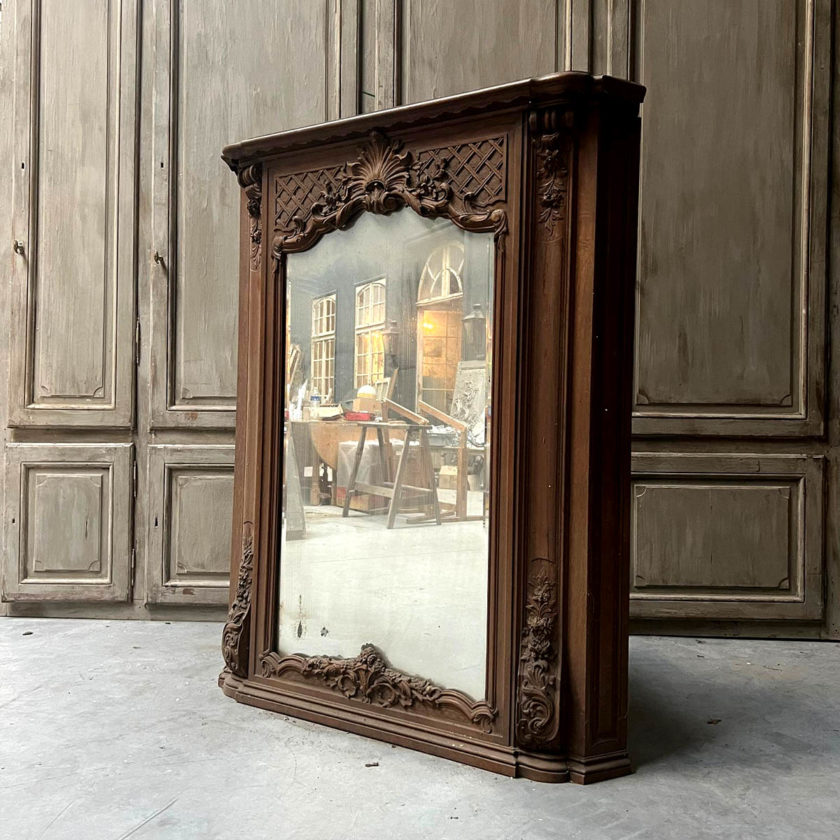More than just everyday objects, mirrors are steeped in a rich history. From the bronze of ancient civilizations to modern glass, every mirror tells the story of an era. This article looks at the evolution of mirrors, focusing on mercury mirrors, a key stage in their history.
The First Mirrors: Antiquity and Bronze
The very first mirrors were made of polished metals such as bronze. In civilizations such as ancient Egypt and Greece, mirrors were symbols of status and wealth.
The Middle Ages and the Renaissance: Progress in Mirrormaking
During the Middle Ages, mirrors evolved. The Renaissance, in particular, marked a turning point with improved manufacturing techniques, making mirrors more accessible and clearer. This period also saw the introduction of glass into mirror-making, improving the quality of reflections.

L'Invention des Miroirs au Mercure
In the 16th century, a revolutionary technique emerged: mercury mirrors. This method involved applying a sheet of tin amalgamated with mercury to a glass plate. The mirrors were renowned for their exceptional clarity.
Risks and decline of Mercury mirrors
However, mercury toxicity eventually led to the decline of this technique. In the 19th century, the mirror manufacturing process was modified for safer methods, such as thechemical silvering.

Modern mirrors: Silvered glass
Invented by Justus von Liebig, the silvered glass technique revolutionized mirror-making. It involves chemically depositing a thin layer of metallic silver on glass, producing a clear, durable mirror.
Diversity of Contemporary Mirrors
Today, mirrors come in a multitude of shapes and styles. From decorative mirrors to intelligent mirrors, they have become essential elements of modern decoration and technology.
Mirror manufacturing today
The manufacture of mirrors combines traditional craftsmanship with technological advances. The process often includes the application of protective coatings to preserve the quality of the mirror.
Sustainability and Ecological Challenges
Sustainability is a crucial issue in today's mirror manufacturing. Manufacturers are striving to use environmentally-friendly materials and processes.
Mirrors, from their ancient origins to modern innovations, continue to evolve. They are not just tools for reflection, but witnesses to human history, combining art, science and innovation.
